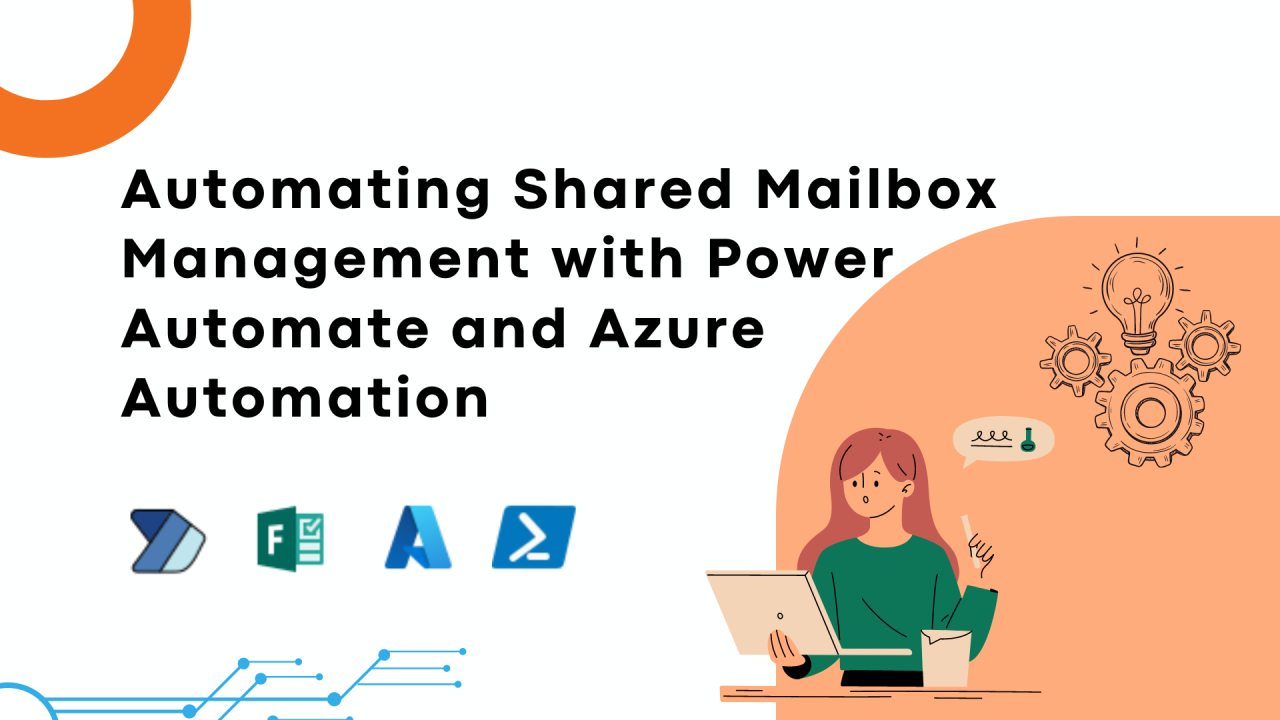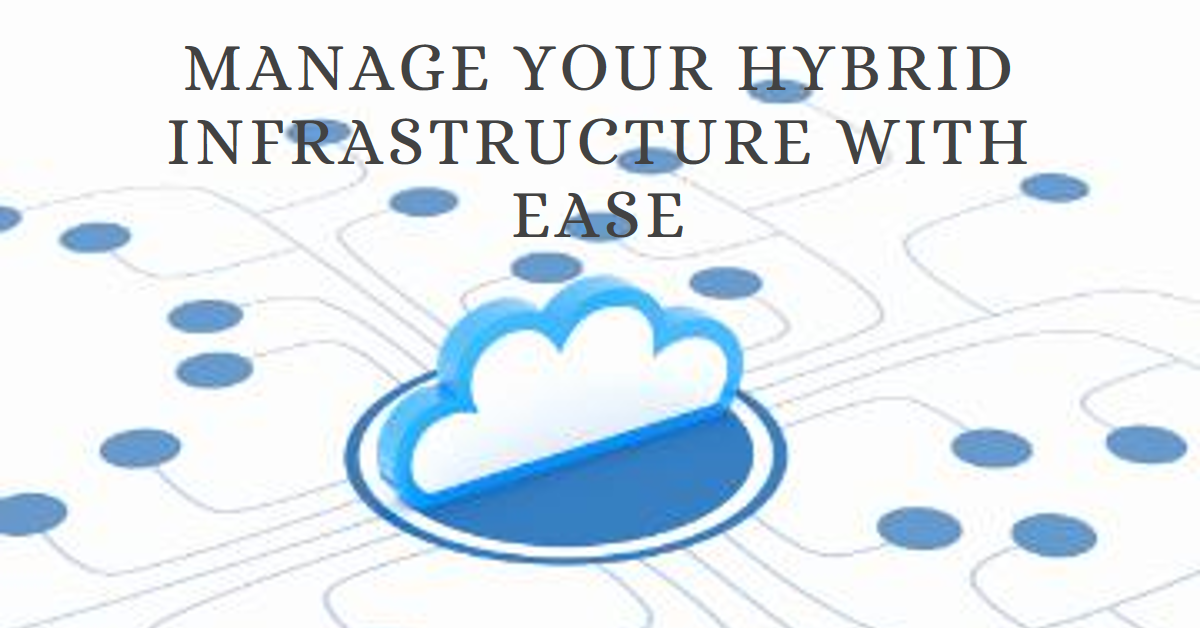When it comes to managing Microsoft 365, which is always changing, automation is the best way to save time and work. This article tries to explain how to use the powerful mix of Azure Automation and Microsoft Power Automate to automate the process of creating a shared mailbox.
By the end, both administrators and end users will have a system that works well and is easy to use.
In this case,
Shared mailboxes are very important to Microsoft Exchange, but they have to be set up and managed by managers by hand. But thanks to Power Automate, we can completely change this process by automating the whole workflow, even the time-consuming job of making sure everyone has the right permissions.
Setting the Stage for Azure Automation
Azure Automation, which works as a “serverless” setting, gives you a way to run PowerShell scripts easily in the cloud. Let’s look at the detailed steps needed to set up Azure Automation, import modules, add a service account, and make runbooks to handle the complicated parts of a shared mailbox.
Make an Account for Azure Automation:
- Find portal.azure.com and Search Automation accounts → Create.
- Find a new “Automation account” (like ExchangeAutomation) and make one.
- Pick out a subscription and make or choose a reference group. Account for Azure Automation

Import Modules That Are Needed:
Check out the Azure Automation account, look through the gallery, and install necessary tools like AzureAD and ExchangeOnlineManagement.
Sign Up for a Service Account:
Use a separate account that has global admin rights.
If MFA is turned on, make sure it is turned off so that scripts can work with it.

Make Runbooks:
Make two PowerShell runbooks: one for setting up a shared mailbox and one for managing access.
Set up settings for information about the mailbox.

An example method for setting up a shared mailbox:

An example method for setting up Access manager:

Managing the Workflow with Microsoft Power Automate
Now, let’s start making a Power Automate workflow that will handle the whole process of setting up a shared mailbox and giving it rights.
Microsoft Forms Submission:
Utilize Microsoft Forms to create a dynamic form for users to seamlessly request shared mailboxes.
Requestors input display name, name, and alias aligned with out Runbook parameters for the desired mailbox.

Power Automate flow:
Power Automate lets you make a new Automated Cloud Flow that runs when a new response appears in the Microsoft Forms.

Flow in Brief:
Configure the flow initiation triggered by a new response in the Microsoft Forms submission.

The Manager’s Approval:
Set up an approval process so that the shared mailbox request is looked over by a manager.

Conditions for Acceptance or Rejection:
Set conditions based on how the approval process turns out.

Taking Care of Responses to Approval:
If given permission, start an Azure Automation job to create a mailbox and give it access.
Send the person who made the request a proof email.

If it is turned down, email the requester right away to let them know.
Notification of Rejection.

Conclusion:
By carefully connecting Azure Automation and Power Automate, we’ve carefully built a strong system. This system creates shared mailboxes automatically, makes sure that users have the right permissions, and speaks well with them. This detailed method not only makes things easier for administrators who have to do a lot of manual work, but it also makes things easier for people
Learn More @Micosoft Learn




